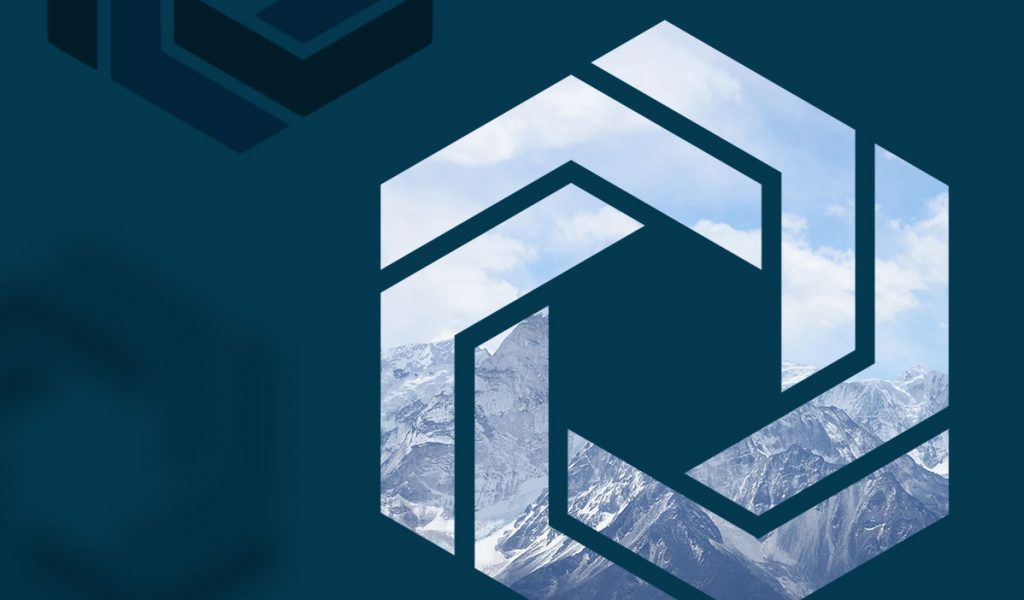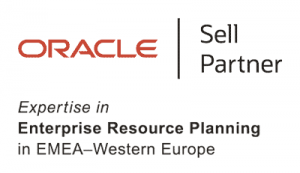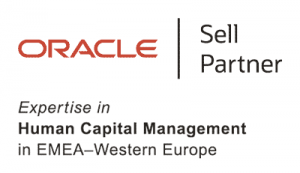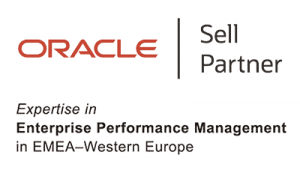As Featured in ERP Today | Written by Mark Sweeny, CEO of de Novo Solutions and Libby Mason, founder, Alluvion Consulting
Platforms that deliver value through employee engagement
Double trouble for this digital edition so I thought I would pull in some additional expertise and commentary again from Libby Mason, recognised organisation and change management expert. So, here’s another episode from the Mark and Libby show…
Over the last 18 months we have seen the constant rise in the industry narrative from the SaaS cloud platform providers regarding the importance of delivering ‘experiences that matter’. Historically this narrative was heavily focussed on the end customer, but with a tectonic shift in how we manage our work and our workforce there is a wave of experience platforms which are now focussed on the employee as the customer.
SaaS ERP cloud over the past decade has delivered capability through leading business processes; whilst this is no longer new, it provides the foundation of any enterprise change as this becomes the base for future innovation. We have seen in the last few months that even the likes of Oracle, which is clearly one, if not the market leader of ERP and HCM SaaS cloud technology reacting to the relentless onslaught from the likes of Salesforce and ServiceNow with its ‘Oracle journeys’ in regard to the experience economy.
The gathering momentum around delivering relevant, timely and easy to access experiences to employees is fast becoming an element in any company’s competitive advantage. This is becoming the new benchmark in the digital world. Organisations in both public and private sectors are now making the link between improved employee and business performance, enabled by SaaS cloud platforms, delivering better services to their end customer by enabling their own workforce to do their jobs effectively.
Future blueprint – building value through great experiences
Whilst everyone seems naturally to dive immediately into ‘digital journey mapping’, which is a necessary activity and usually accommodated by a nice set of PowerPoint slides, let’s step back and address the basics.
Start with the end
A lot of organisations fall into the trap of buying shiny new tools and then going to find problems to fix with them without really understanding which challenges are the most important to solve or which opportunities to prioritise. Cloud is a journey; you’re not going to get there all at once, so start with the experiences that are most important to building value and momentum for your organisation and determine which parts of those experiences are critical to quality. It will be different for every organisation and will span every process area from recruitment and onboarding, to procurement, to invoicing. Consider what you need to get right to succeed.
Cloud is a journey; you’re not going to get there all at once
Get your business model right
Even when technology is deployed in the right way, if the operating model isn’t right, and the right employees are neither empowered nor have the right skills to do their jobs, then organisations can’t succeed. The people and organisational side of the equation is and always will be just as important. Experience platforms depend on having the right people doing the work, in the right place in the organisation, with the right skills and behaviours – getting this aligned up-front means we need to consider how to adapt our business to work in a new way. It will mean new roles, new skills, new behaviours and a new business logic to drive enhanced workflows.
The cloud SaaS design principle of ‘adopt, not adapt’ has not gone away. You need to decide up-front which technology platform’s processes you wish to ‘adopt’ as they all work differently – a ‘vendor agnostic’ strategy when designing the operating model only leads to significant rework. It’s like putting the cart before the horse, so don’t sit on the fence, as technology platform choice is not something you should kick down the road.
This is not an easy transition to make for many organisations. Trusting and empowering employees at the right levels in organisations is the best way to reduce unnecessary hand offs and eliminate waste in processes. This means challenging traditional approaches to managing control and often means reshaping individual and whole teams’ roles and accountabilities.
Understanding organisational maturity will help to prioritise investment in upskilling and improving in areas where the experiences will have the greatest impact.
Understand the data and get it right
The data architecture of an organisation is absolutely critical. How many times do we come across poor quality data being held in siloed applications? For experience platforms to deliver genuine value, organisations need to spend more time thinking about the data model (including the end-to-end business logic like workflows, approvals).
At a minimum, deploying an ERP SaaS cloud system becomes the first step in capturing and maintaining standardised datasets through the execution of standardised business processes. Elements to consider:
For employees to be effective in the moment, they need the right data at their fingertips enabling informed decision making.
Who is leading the way?
Done correctly, successful organisations: focus on business outcomes; break down delivery silos; create positive employee experiences without frustration and perceived bureaucracy; and consider human behaviours alongside technology fit. Examples include:
Lloyds Bank deployed ServiceNow to address the problem of managing complex IT infrastructure across 100,000 people where data fragmentation across such organisations is commonplace in the financial services industry. Lloyds now has a cohesive view of its critical business processes. This has led not only to significant improvements in control, cost reduction and regulatory compliance but more importantly it has empowered employees, reducing frustration in the process! It also now has an experience platform for building continuous improvement across all areas of the business beyond the back-office enterprise.
Unilever is another example of an organisation which is leading the way in unifying the employee experience across its ERP/HCM cloud estate. Salesforce is deployed as the seamless engagement layer over their estate to simplify employee interaction, whilst still taking advantage of SaaS standardised business processes. This strategy has significantly improved employee productivity and reduced the reliance on employee helpdesks.
Eye on the prize
Experience platforms offer the potential to unlock significant value, enabling organisations to deliver performance enhancing services to their employees. This prize can only be achieved when you understand what is important to your organisation; know the cloud SaaS technology you are going to deploy and put in place an operating model and the data you need to support achieving that ambition. Without it, you will be left wondering why you’re not getting the value and what is wrong with the technology……spoiler alert, it’s not the technology!
Trusting and empowering employees at the right levels in organisations is the best way to reduce unnecessary hand offs and eliminate waste in processes
Mark Sweeny, founder and chief executive, de Novo Solutions
Libby Mason, founder, Alluvion Consulting
















